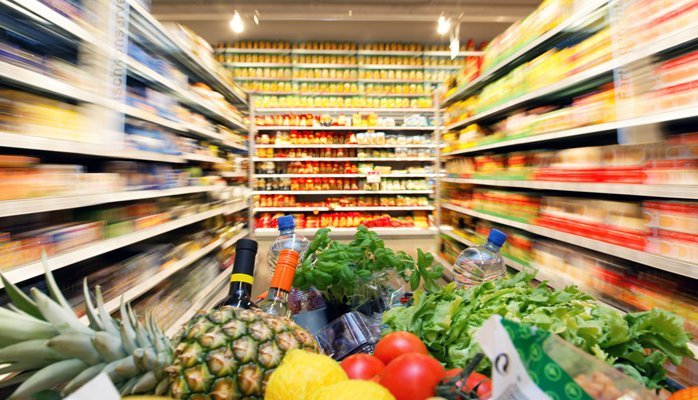Inside BENEO’s new pulse plant: pioneering sustainable protein from faba beans
After being subject to months of haggling and histrionics, the Goods & Services Tax (GST) finally had its historic Adayinthe Rajya Sabha with the passage of the Bill to amend the Constitution, paving the way for what is popularly referred to as the concept of ‘one nation, one tax’. GST is one indirect tax for the whole nation, which will make India one unified common market. GST is a single tax on the supply of goods and services, right from the manufacturer to the consumer. It will be levied at every stage of the production distribution chain by giving the benefit of Input Tax Credit (ITC) of the tax remitted at previous stages.
The final consumer will thus bear only the GST charged by the last dealer in the supply chain, with set-off benefits at all the previous stages. GST will replace Central level taxes like excise, service tax, customs duty and state taxes like VAT, CST, Octroi & Entry Tax, Entertainment Tax among, Others, The impact on the food industry will affect people living in all sections of the society with the latest information suggesting that the minimum GST rate will be 18% on all products.
Alcoholic beverages, however, have been excluded from GST and they will be taxed separately. Taxing food could hold more impact on the poor. But exception of food will shrink the tax base. As we know that agriculture is the root of Indian economy and government has always kept it as its top priority.
It is expected that after implementation of GST, prices of agricultural products and services will rise but the products will be able to reach places via trucks in a better way primarily because of the removal of octroi and entry tax which will significantly reduce the time and hassle of transporting goods across state borders. The implementation of GST will also favour the National Agricultural Market on merging all the different taxations on agricultural products. The ease of transportation of the agricultural good will improve the marketing and improve the virtual market growth.
Due to the nature of GST being a consumption based tax it will be levied only when food products are sold by the manufacturer and not when they are manufactured unlike Excise Duty. In addition, full input credit allowed of prior GST paid on inputs/purchases and the decision of the government to drop the 1% interstate tax on stock transfers will reduce the amount of working capital required by companies.
The industry associations have been pushing the government for a lower rate of GST on processed food. They say that there should be a division when it comes to processed food. With food inflation being at 6% it is expected that the government will look kindly into the subject. The Confederation of Indian Industries (CII) has also in its representation called for a zero rate of tax on products which have MRP of up to Rs 10 and a revenue neutral rate of GST for products having a MRP between Rs 10 and Rs 20. It also demanded that all packaging material used as inputs by the food processing industry should have a zero per-cent rate. This demand is primarily being made as no company will absorb the hike in cost. It also does not want the recently regained growth momentum to break or burn a hole into consumers’ pockets.
The applicability of likely GST rate of 18% on dairy products is not clear primarily because of the question “Is the dairy industry classified as farming and the dairy products treated as farm produce or as processed foods?”
High rate of GST, if applied, would have direct implication on milk producers. Dairy is perhaps the only industry that is able to pay to the milk producer about 70% of what is charged from the consumer. No other food processing industry in India is able to meet such high expectations of the farmers. It is apprehended that high GST would incite the industry to reduce the milk prices paid to the milk producer. High rate of GST might also increase the consumer prices of dairy products substantially. It is well known that milk production in India has been consistently growing at 4-4.5% annually. It is probable that a softer view will be taken while imposing GST regime on the dairy industry due to the government’s priority of a farmer-centric approach and enhancing rural prosperity.
GST is being introduced to create a common market across states, not only to avoid enfeebled effect of indirect tax but also to improve tax compliance. GST will lead a more transparent and neutral manner to monitor and raise revenue. Substantial reduction of burden of compliance for companies of different taxes, their returns, different government authorities and offices to deal with which is parallel to the government’s objective of improving ease of doing business in India.
Although GST is being referred as a single taxation sys-tem but in reality it is a dual tax in which state and Centre both collects separate tax on a single transaction of sale and service namely CGST & SGST on intra state transactions and IGST of interstate transactions. It is still unclear if Mandi tax which is imposed on fresh vegetables by some states like Uttar Pradesh and Rajasthan will be subsumed by GST.
GST is not flawless. Fortunately, GST can be progressive if the government differentiates products and services based on luxuries and necessities. Overall, GST brings more benefits than harms to society. That’s precisely why India has followed most of countries to bring in the GST reforms.

